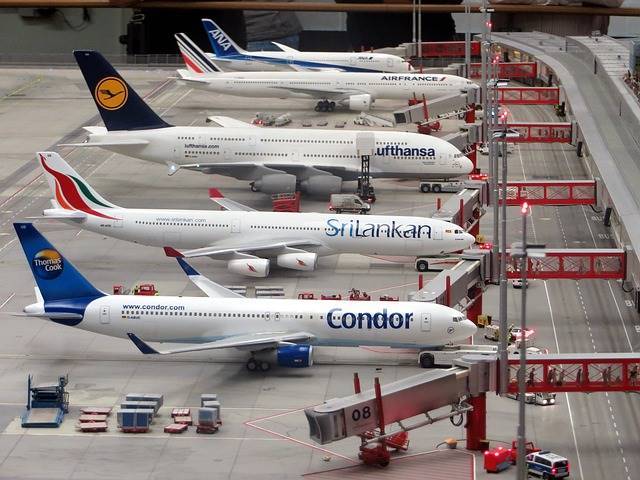Airport Capacity Management
Airport capacity management is a critical aspect of airport operations that involves the planning, scheduling, and utilization of resources to ensure that an airport can meet the demand for air travel services. With the increasing number of air travelers worldwide, efficient airport capacity management is becoming increasingly important to avoid delays, congestion, and safety risks. (Who is Air Traffic Controller?)
Optimizing the Use of Airport Resources
Airport capacity management includes a range of activities, such as runway and taxiway planning, gate allocation, aircraft parking management, and baggage handling. The goal of these activities is to optimize the use of airport resources to ensure that the airport can handle the maximum number of flights and passengers while maintaining safety and efficiency.
One of the key challenges of ACM is the limited physical space available at airports. Most airports have a fixed number of runways, gates, and parking areas, which limits their ability to handle additional flights or passengers. As a result, airport operators must carefully manage the allocation of these resources to avoid overcapacity or underutilization.

Simulations, Statistics, Models
To manage airport capacity effectively, airport operators use a variety of tools and techniques, including computer simulations, statistical analysis, and operational planning models. For example, airport operators can use computer simulations to model different scenarios and predict the impact of changes in traffic volumes or operational procedures on airport capacity. This can help them identify potential bottlenecks and make changes to optimize airport capacity.
Another important aspect of airport capacity management is the use of data analytics to monitor airport operations in real-time. By collecting and analyzing data on flight schedules, passenger volumes, and other key performance indicators, airport operators can quickly identify areas where capacity is becoming constrained and take corrective action before delays or other issues occur.
In addition to operational planning and monitoring, airport capacity management also involves collaboration with airlines, government agencies, and other stakeholders. For example, airport operators may work with airlines to optimize scheduling to avoid peak congestion periods or coordinate the use of shared facilities such as gates or baggage handling systems.
Safety and Security
Finally, airport capacity management also involves a focus on safety and security. Effective management of airport capacity requires that airport operators ensure that all airport operations comply with relevant safety and security regulations and standards.
In conclusion, it is a critical aspect of airport operations that requires careful planning, monitoring, and collaboration with stakeholders. With the increasing demand for air travel worldwide, efficient airport capacity management is becoming increasingly important to avoid delays, congestion, and safety risks.
References:
- Federal Aviation Administration. (2020). Airport Capacity and Delay. Retrieved from https://www.faa.gov/air_traffic/publications/atpubs/atc_html/chap5_section_7.html
- International Air Transport Association. (2019). Airport Capacity and Infrastructure. Retrieved from https://www.iata.org/en/policy/economic-infrastructure/airport-capacity-infrastructure/
- International Civil Aviation Organization. (2018). Airport Planning Manual. Retrieved from https://www.icao.int/safety/Documents/APM_4ed.pdf
- Zhang, A., & Cao, J. (2019). ACM: A Review of the State of the Art. Journal of Air Transport Management, 75, 32-42. doi: 10.1016/j.jairtraman.2018.11.003.


